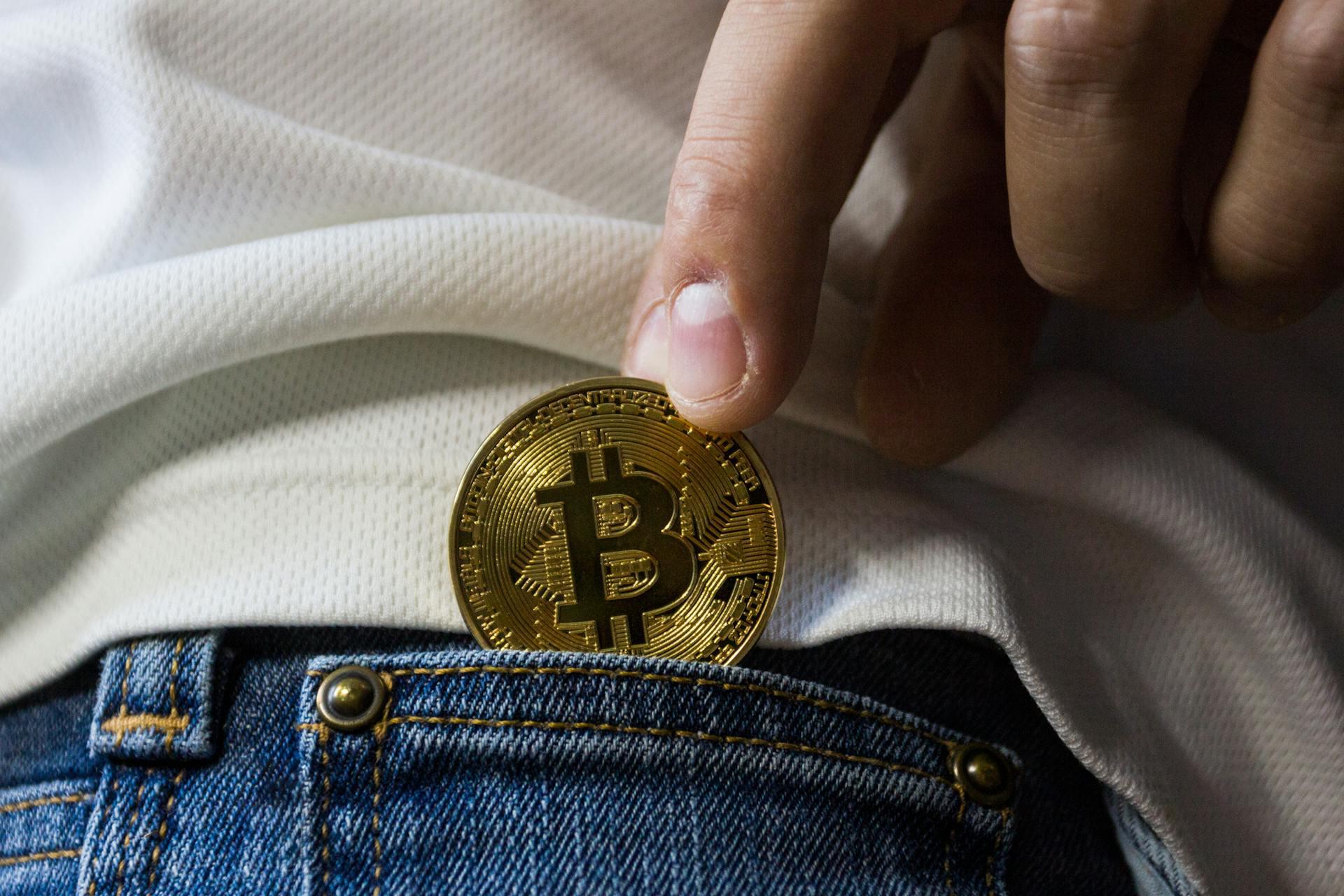Why This Crypto Expert Believes Bitcoin and Risk Assets Are Poised to Thrive
13.01.2025 8:00 1 min. read Kosta Gushterov
Tom Lee, chief investment officer at Fundstrat, argues that dismissing Bitcoin is a flawed perspective, especially given its track record and growing importance.
Speaking in an interview, Lee emphasized Bitcoin’s resilience over the past 15 years, noting that no similar asset with a valuation reaching $2 trillion has ever disappeared.
He also highlighted the support of the incoming Trump administration, which has indicated interest in positioning Bitcoin as a strategic reserve asset, further reinforcing its staying power.
Lee believes the current macroeconomic environment favors risk assets like Bitcoin and stocks, particularly in the first half of the year.
He attributes this to a combination of factors, including a pro-business administration, a dovish Federal Reserve, cautious market sentiment, and the availability of significant liquidity. With $7 trillion in cash waiting on the sidelines, Lee sees substantial potential for market growth.
The combination of institutional support, historical resilience, and favorable economic conditions, Lee suggests, positions Bitcoin and other risk assets for a strong start to the year.
Ignoring these dynamics, according to him, could lead to missed opportunities in an evolving financial landscape.
-
1
Trump-Linked Truth Social Pushes for Bitcoin-Ethereum ETF as Crypto Strategy Expands
25.06.2025 19:00 2 min. read -
2
Bitcoin Hashrate Declines 3.5%, But Miners Hold Firm Amid Market Weakness
27.06.2025 21:00 2 min. read -
3
Bitcoin’s Price Closely Mirrors ETF Inflows, Not Corporate Buys
26.06.2025 11:00 2 min. read -
4
Crypto Company Abandons Bitcoin Mining to Focus Entirely on Ethereum Staking
26.06.2025 20:00 1 min. read -
5
Bitcoin ETF Inflows Hit $2.2B as Market Calms After Ceasefire
25.06.2025 17:00 1 min. read
Peter Schiff Warns of Dollar Collapse, Questions Bitcoin Scarcity Model
Gold advocate Peter Schiff issued a stark warning on monetary policy and sparked fresh debate about Bitcoin’s perceived scarcity. In a pair of high-profile posts on July 12, Schiff criticized the current Fed rate stance and challenged the logic behind Bitcoin’s 21 million supply cap.
Bitcoin Price Hits Record Highs as Exchange Balances Plunge
A sharp divergence has emerged between Bitcoin’s exchange balances and its surging market price—signaling renewed long-term accumulation and supply tightening.
What’s The Real Reason Behind Bitcoin’s Surge? Analyst Company Explains
Bitcoin touched a new all-time high of $118,000, but what truly fueled the rally?
Bitcoin Lesson From Robert Kiyosaki: Buy Now, Wait for Fear
Robert Kiyosaki, author of Rich Dad Poor Dad, has revealed he bought more Bitcoin at $110,000 and is now positioning himself for what macro investor Raoul Pal calls the “Banana Zone” — the parabolic phase of the market cycle when FOMO takes over.
-
1
Trump-Linked Truth Social Pushes for Bitcoin-Ethereum ETF as Crypto Strategy Expands
25.06.2025 19:00 2 min. read -
2
Bitcoin Hashrate Declines 3.5%, But Miners Hold Firm Amid Market Weakness
27.06.2025 21:00 2 min. read -
3
Bitcoin’s Price Closely Mirrors ETF Inflows, Not Corporate Buys
26.06.2025 11:00 2 min. read -
4
Crypto Company Abandons Bitcoin Mining to Focus Entirely on Ethereum Staking
26.06.2025 20:00 1 min. read -
5
Bitcoin ETF Inflows Hit $2.2B as Market Calms After Ceasefire
25.06.2025 17:00 1 min. read


